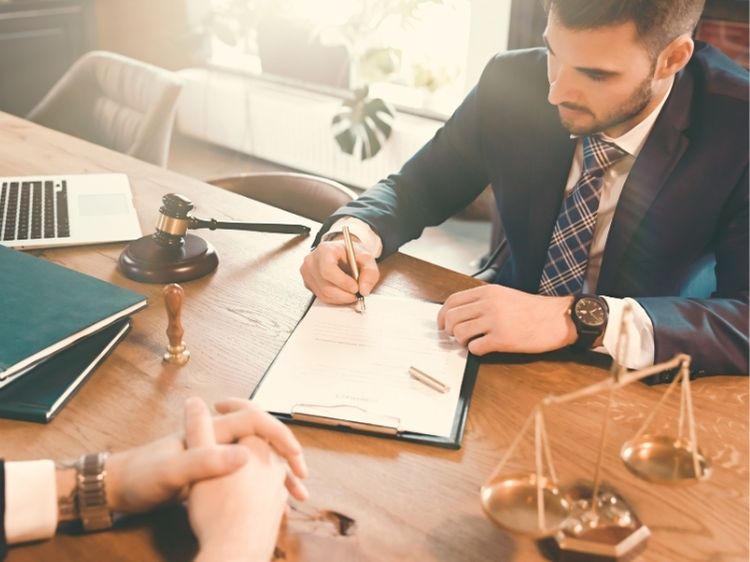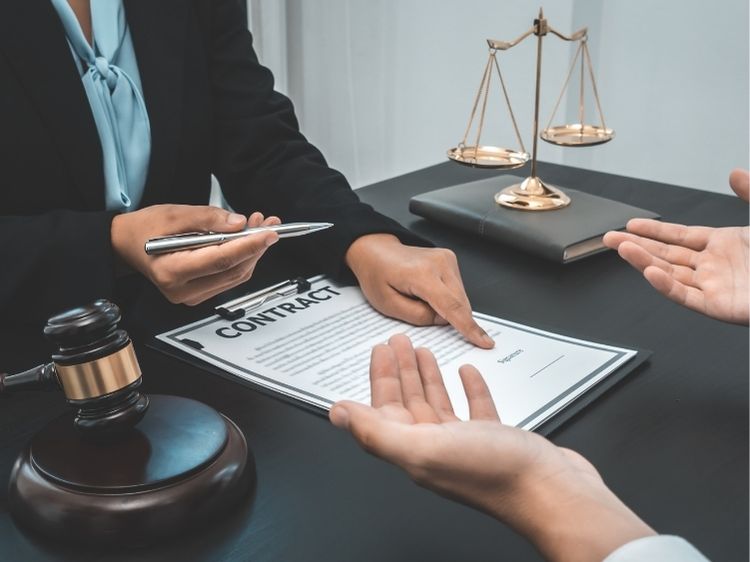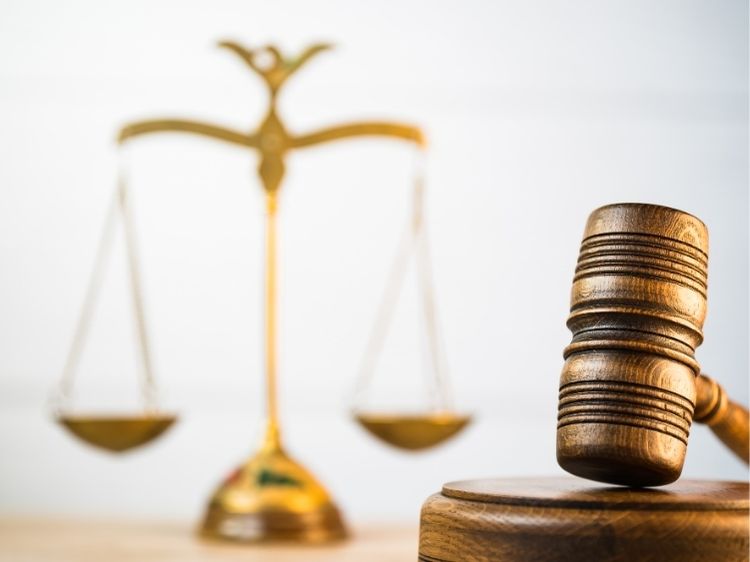Ever wonder what happens when a product fails to meet safety standards, causing harm or injury to consumers? That’s where product liability lawsuits come into play. When manufacturers, distributors, or retailers are held responsible for defective products, these lawsuits can result in settlements that compensate victims for their damages. Understanding product liability lawsuit settlements is crucial, whether you’re a consumer, business owner, or just someone curious about legal protections in the marketplace. In this article, we’ll break down everything you need to know about product liability lawsuits and the settlements that follow.
What is Product Liability?
Product liability refers to the legal responsibility of a manufacturer or seller for producing or selling a faulty product to consumers. This responsibility can arise from manufacturing defects, design flaws, or even inadequate warnings. In many cases, victims seek compensation through lawsuits, which often lead to settlements.
Types of Product Defects
- Manufacturing Defects – These occur during the production process, making a product dangerous even though the design is sound.
- Design Defects – These happen when the product’s design is inherently unsafe. Even if the product is manufactured perfectly, its design poses a danger to consumers.
- Failure to Warn (Marketing Defects) – This involves a company failing to provide adequate warnings or instructions on how to use the product safely.
How Do Product Liability Lawsuit Settlements Work?
When someone is injured or suffers losses due to a defective product, they can file a product liability lawsuit against the manufacturer, distributor, or seller. Most of these cases are settled out of court through negotiated settlements, where both parties agree to compensation without going to trial. Settlements often cover medical bills, lost wages, emotional distress, and sometimes punitive damages meant to punish the responsible party.
Steps Involved in Filing a Product Liability Lawsuit
- Consult an Attorney – The first step is seeking legal advice. An attorney will evaluate the case, explain the legal options, and guide you through the process.
- Filing the Lawsuit – Once the case is assessed, a formal lawsuit is filed against the responsible parties.
- Discovery Phase – Both sides gather evidence, including medical records, expert testimony, and documents related to the product.
- Negotiation and Settlement – Most cases are settled before reaching court. Lawyers from both sides negotiate a settlement, which is often faster and less risky than going to trial.
Key Factors Influencing Settlement Amounts
Several factors come into play when determining the value of a product liability lawsuit settlement:
- Severity of the Injury – Serious injuries, such as permanent disability, tend to result in higher settlements.
- Medical Expenses – The cost of medical treatment and rehabilitation will heavily influence the settlement amount.
- Lost Income – If the injury prevents the victim from working, lost wages are calculated into the settlement.
- Punitive Damages – In cases where the manufacturer’s behavior was particularly negligent, punitive damages may be awarded to deter future misconduct.
Famous Product Liability Settlements
- McDonald’s Hot Coffee Case – One of the most well-known product liability lawsuits involved a woman who suffered severe burns after spilling hot coffee from McDonald’s. She was awarded a $2.7 million settlement.
- Ford Pinto Case – Ford settled multiple lawsuits after its Pinto cars were found to explode upon impact due to a design flaw. This case resulted in massive payouts and significant changes to car safety standards.
- Talcum Powder Lawsuit – Johnson & Johnson faced multiple lawsuits claiming that their talcum powder products caused cancer. Several victims received multi-million dollar settlements.
FAQs About Product Liability Lawsuit Settlements
Q: What types of products can lead to liability lawsuits?
A: Virtually any product can lead to a lawsuit if it causes harm, including cars, household appliances, electronics, medical devices, pharmaceuticals, and even food products.
Q: How long does it take to settle a product liability lawsuit?
A: Settlement timelines vary depending on the complexity of the case. Some cases are resolved within months, while others may take years, especially if they go to trial.
Q: Can I still file a lawsuit if I wasn’t the original buyer of the product?
A: Yes, even if you weren’t the purchaser, you can file a lawsuit if you were harmed by a defective product.
Q: How are product liability settlements taxed?
A: In most cases, compensation for physical injuries is not taxed. However, punitive damages and settlements for emotional distress may be subject to taxation.
Q: Do I have to go to court for a product liability case?
A: Not necessarily. Most product liability cases are settled out of court. Your attorney will work to negotiate a fair settlement on your behalf.
Conclusion
Product liability lawsuit settlements play a vital role in ensuring consumer safety and holding companies accountable for their products. If you’re dealing with a defective product, understanding your rights and the legal process can help you get the compensation you deserve. The legal landscape surrounding product liability is complex, but with the right legal guidance, navigating these waters can become much smoother.
For anyone involved in or affected by product-related injuries, settlements offer a quicker, less stressful resolution compared to prolonged court trials. However, the key to a successful claim lies in gathering evidence, working with legal experts, and understanding how the process works.
Authoritative Links for Further Reading
- https://www.nolo.com/legal-encyclopedia/product-liability-lawsuits
- https://www.consumerreports.org/product-liability/
- https://www.hg.org/product-liability-law.html
- https://www.law.cornell.edu/wex/product_liability


